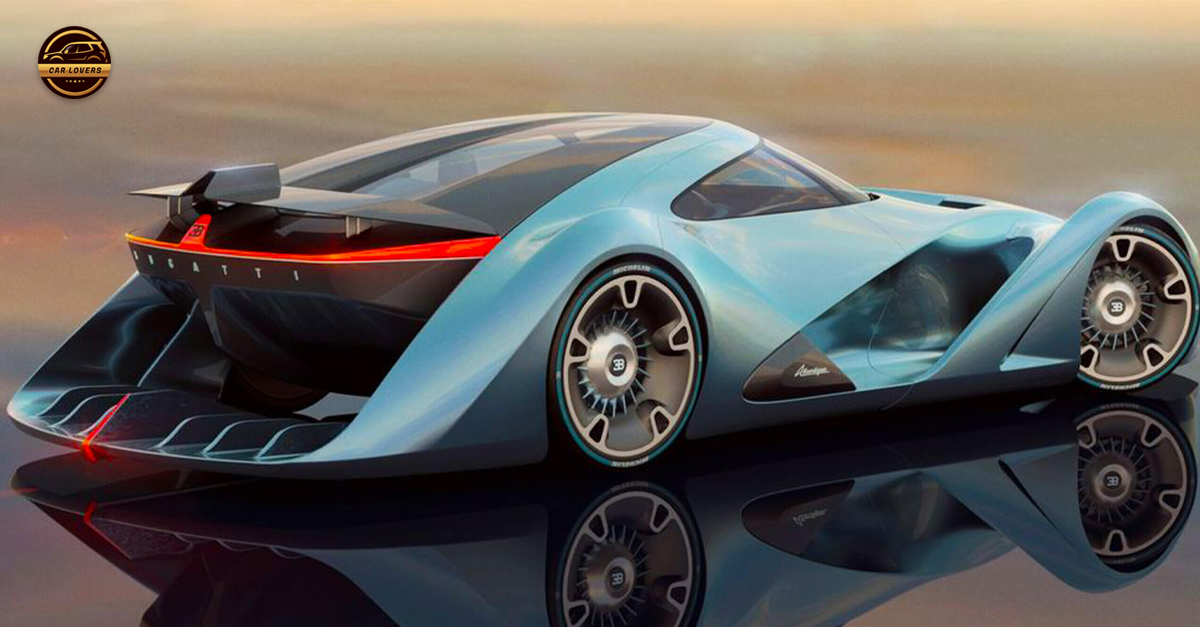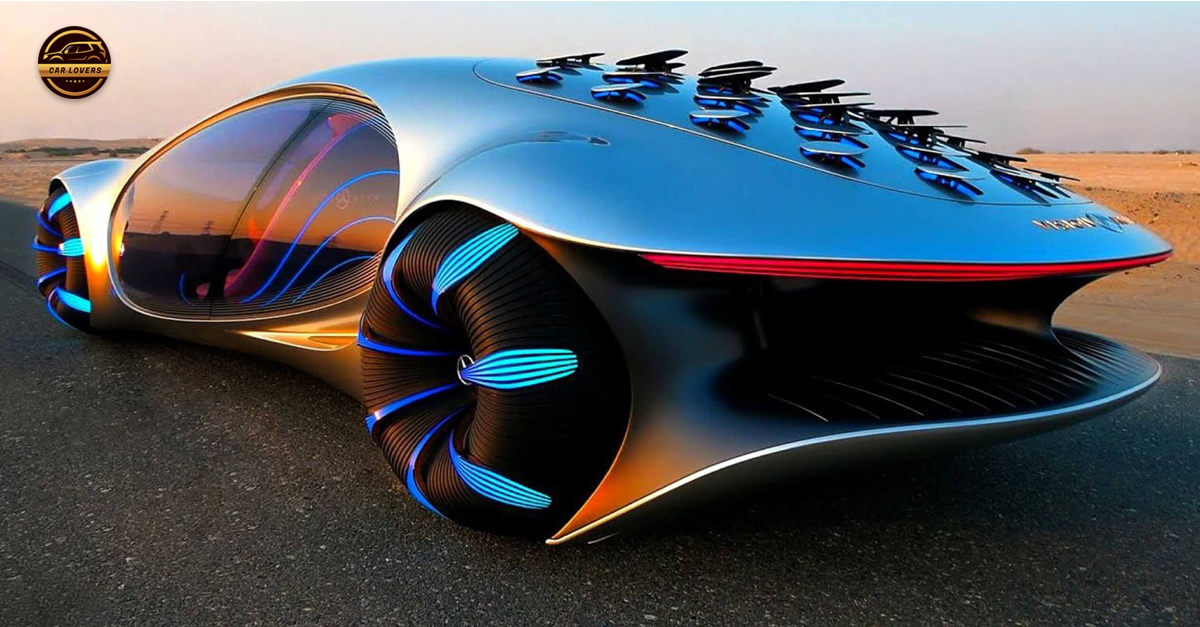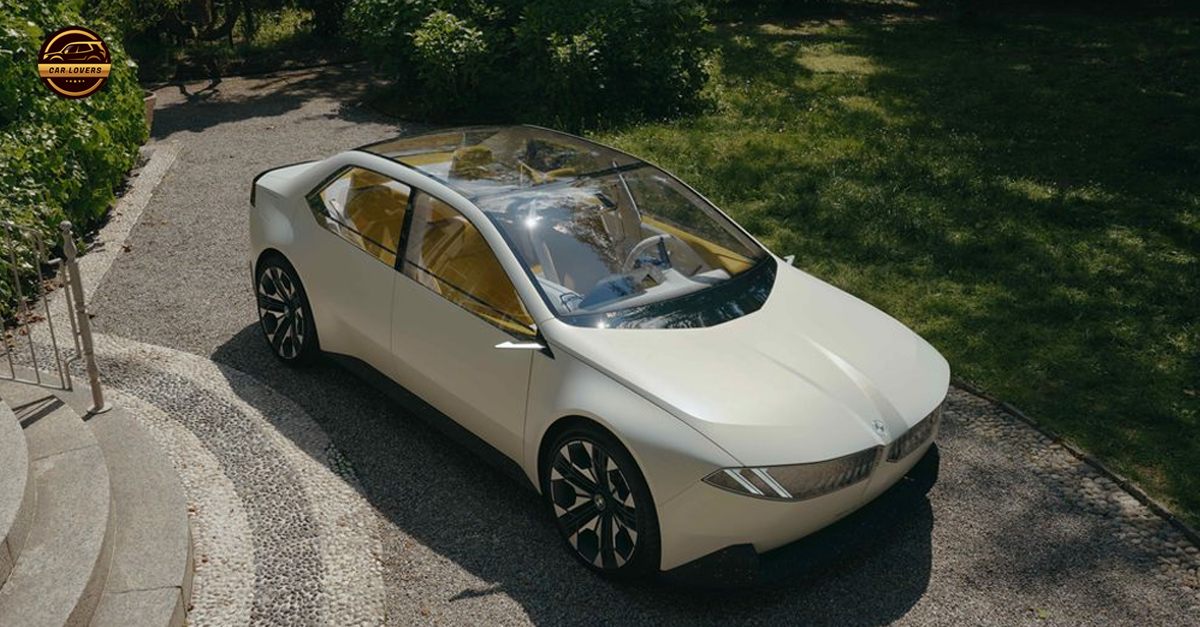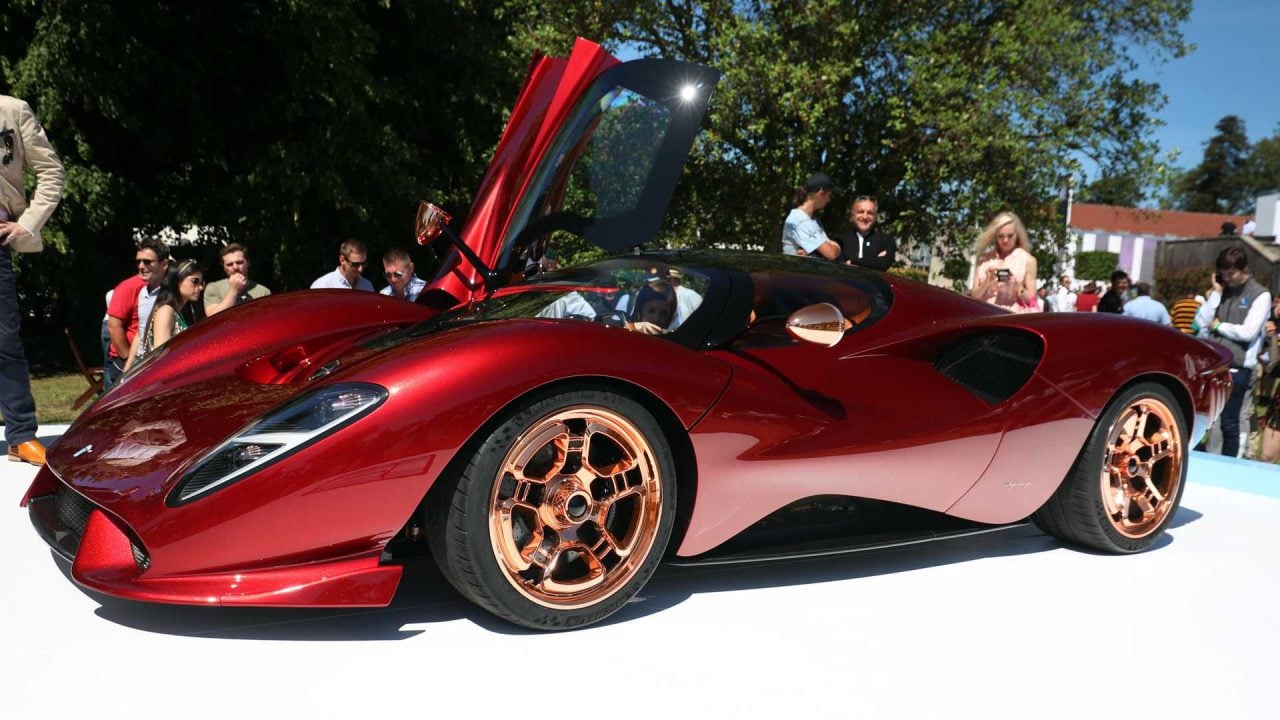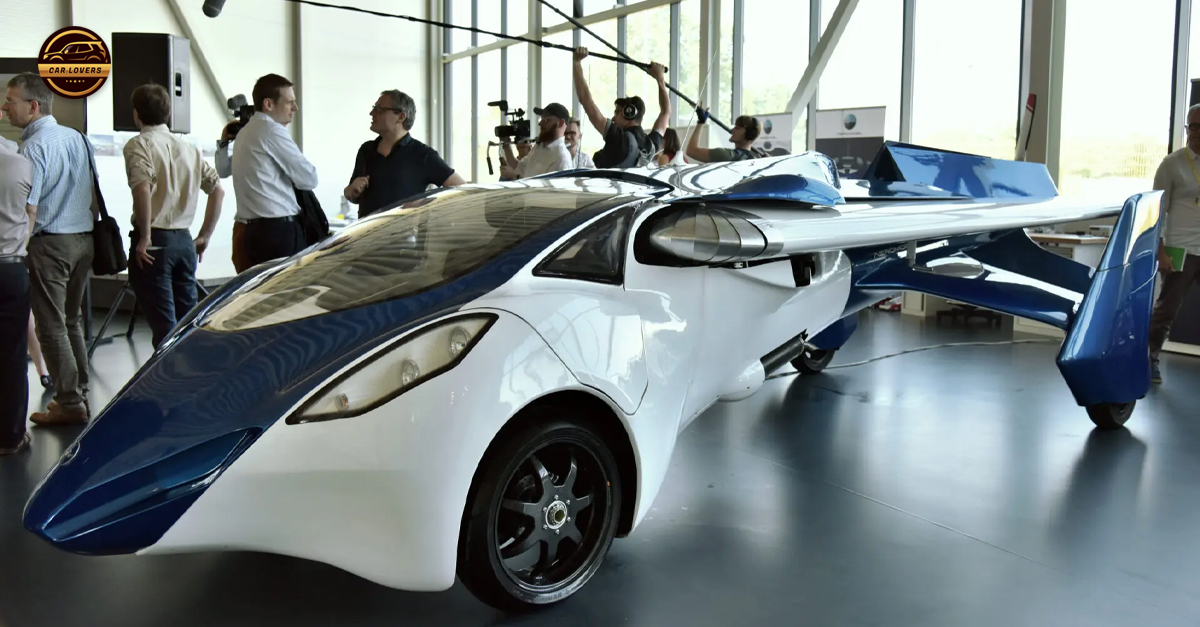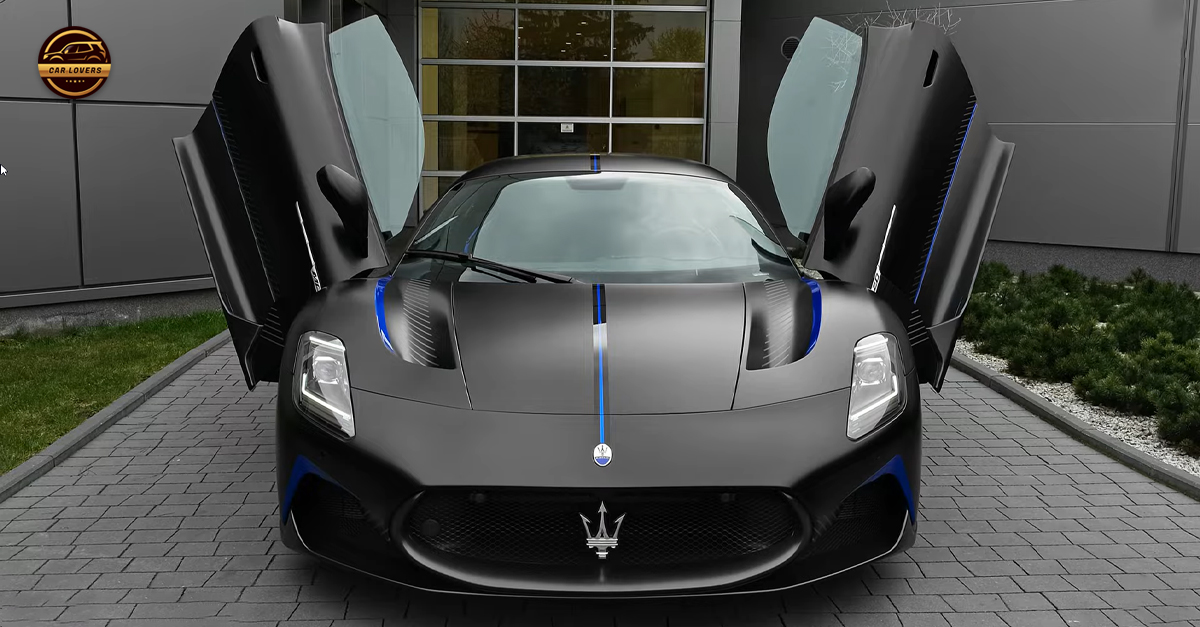With all the recent excitement of the 2023 Dodge SRT Demon 170, it’s easy to forget that there was a Demon before it. No, not that one. There was a Dodge Demon even before the 2018 model, dear reader. Today’s 1,025-hp Dodge Demon 170 would not have been designed or engineered without a bunch of inspired second-graders with a fresh 64-count box of Crayolas. While some kids watched Alan Shepard hit golf balls on the moon, the future Demon 170 design team was already pimping-out drawings of the new-for-1971 Dodge Demon—the brand’s newest, hip compact built on the Chrysler A-Body platform. It was a car that would inspire thousands of hardcore gearheads and yet would remain practically anonymous—even to the present day.

To the less-trained eye, the 1971 Dodge Demon looks pretty near a 1971 Plymouth Duster—its unmistakable profile dominated by athletic rear haunches and a rakish greenhouse that spoke performance. And also like the Plymouth Duster, the Dodge Demon could be ordered with performance—a 275-hp, 340ci small-block V-8, in fact. With relatively little effort, Dodge had transformed the entry-level A-Body-based compact Dodge Dart (the Valiant in Plymouth-speak) into a performance model at the tail-end of the muscle-car era, and it would all be over (or so they thought!) by the end of 1972, when the short-lived Demon model disappeared. Nevertheless, second-graders were enthralled. Crayons broke. Fighting ensued. Parents were called.
A World Awash in Demons
Eventually, the internet was invented. Dudes and dudettes loaded up the servers with the world’s history, and you used to be able to search for “Dodge Demon” and the expected thing would come up at the top of your screen. Second-graders grew into vehicle engineers. Crayons became CAD programs. Then, on April 11, 2017, the web-quakes began. The thing that was the original Dodge Demon nearly disappeared from the digital historical record, erased and replaced on the world’s memory chips by these new things called the SRT Demon of 2018 and later the Demon 170 of right now. Blame it on Google and its leviathan-like search algorithm. How it is that a man can stand in the same spot and have the ground change under him is a subject for another day, but as Matt Barrett stood next to the starting line of the Strip at Las Vegas with 10,000 of his friends on March 20, 2023, watching the latest Demon descend from the sky on the hook of a K-Max helicopter, he could only wonder if he was feeling another web-quake underfoot. Would the public at large ever be able to find out about an original Dodge Demon?

The One and Only Original Dodge Demon
Well, perhaps if we were to spam the story with enough “Demons,” (we won’t) Barrett’s 1971 model (which is not a real 340 car, by the way) might stand a slim chance of being remembered long enough to be recalled via AI-enhanced smartphones of the future. Hell, maybe your phone’ll be so smart, it can enjoy a ’71 Demon all by its little ol’ self. If it does, the form of the 1971 Dodge Demon—and Barrett’s 340-inspired clone in particular—will register as a particularly comely shape. Barrett, a 32-year-old operations manager for a used car auction house, hails from Overton, Utah, and found his 1971 Dodge Demon in a barn about 10 years ago. “Through a friend, I heard that there was a ’71 Demon sitting around in a horse stall,” says Barrett. “I asked to go look at it and it was a slant-six car. He offered it to me for $800. I didn’t even really look at the car, just said ‘Sold!’ I was 22 or 23, something like that.”

Rustoleum Red Rattle Can
Our discovery of Barrett’s Demon at Roadkill Nights Sponsored by Dodge was more than happenstance. Barrett is a huge Roadkill Garage fan, along with his dad Sean. Both of them live the Roadkill life as much as possible, and that extends to the treatment of paint, which in the Demon’s case follows in the spiritual footsteps of the Roadkill Garage Crop Duster and Vanishing Paint projects. “It wasn’t quite as clean as I had hoped for and so the car kind of sat around for a while. When I bought the car it didn’t have a hood, but the guy actually had this real 340 hood. It was a different color so the only paint that’s really happened is the engine bay got rattle-canned the closest color I could find to the outside of the car and I used that same color on the hood so that it matched the rest of the car. That was the only paintwork that we’ve done. That’s Rustoleum Red at its best. It matched the Demon perfectly.”

A Demon in the Roadkill Garage Model
With a Roadkill mindset in play, basic operability was the priority over appearance, so the big emphasis was on getting the drivetrain serviceable. “The slant-six never ran,” says Barrett. “It got ripped out of there, and honestly, I think we threw it in the dumpster. The car kind of sat around for a long time and I couldn’t decide what I wanted to do with it. We watched a bunch of Roadkill, had a bunch of parts lying around, and decided, hey I’m going to put this thing together. I had the 340 motor already; this is the very first engine I built with my dad and it was in the very first vehicle I ever owned. I pulled that motor out of my ’72 pickup.”

Ace in the Hole: Dad the Machinist
Matt’s dad Sean is a machinist, and having that capability in-house greatly influenced the Demon’s 340 small-block build—a piece of the puzzle that was in place even before the Demon was acquired when Matt was still in high school. Matt told HOT ROD: “It’s a 340 LA small-block, pretty stock. It’s got a little bit of head work. I got the motor from a neighbor of ours. He did not want the 340 but he wanted a 360 for his truck. I had a spare 360 and we traded for this 340 block straight-up. We got the block and my dad did a whole bunch of machining—he’s done that his whole life. I was a kid in high school when I built this motor. I didn’t have a lot of money so it’s got a stock bottom-end.” Here’s where we tell you the simple 340 has propelled the ’71 Demon to a best quarter-mile e.t. of 12.61 at 107 mph. “It’s got a little room to make up in the 60-foot,” says Matt.

Going Fast With Stock Parts Is Still a Thing
Barrett’s stockish 340 relies on a set of stock head castings, the stock rods and crank, a set of 10.5:1 hypereutectic pistons, a Comp Xtreme Energy cam (with specs of 0.507-/0.510-inch lift and 240/246 degrees duration), an Edelbrock Air-Gap intake, and a 750-cfm AED carb. The stock smog castings have been treated to a set of standard Chevy small-block 2.02-/1.60-inch valves. “The rocker stands have been milled-off flat,” says Barrett, citing the engine-builder’s mid-lift sweep rule. “It has W2 rocker stands on it to get the Chevy valves perfectly aligned with the tips of the rockers. Those stands were needed to get the height just perfect so that the tip was perfectly set on the valve.” Exhaust is handled by a set of 1¾-inch Doug’s long-tube headers and a 3-inch dual exhaust system plumbed with Dynomax Pro mufflers. Fuel is supplied by a stock tank, a generic Summit Racing electric pump at the rear of the car, and ⅜-inch fuel line.

Key Detail: Ignition From 4secondsflat.com
Barrett says getting the most out of stock parts means sweating the little details, and one of those details is the ignition system. “We gave 4secondsflat.com all the specs on the engine,” says Barrett. “He curved the distributor for us. It’s pretty similar to a Mopar electronic ignition but this one has a rev-limiter built in. He kind of gave us some points of where he would like to see timing. He’s been doing this a long time—it’s at 34 degrees total—so we threw it on the car and it absolutely runs great. Big kudos to those guys.” 4secondsflat.com also recommended the Proform distributor and Pertronix coil. “That’s what he calls out to use and says it must be that. He’s very specific about Pertronix coils so that’s what it’s got. When a guy has that much experience, you tend to listen so that’s what we did.”

Lightweight Merits of the TorqueFlite 904
In a move that mimics the top NHRA Stock Eliminator Mopar teams, Barrett elected the lighter weight and lower rotating mass of a TorqueFlite 904 trans over a more popular 727. Though not as robust of a transmission as the 727, at the power level Barrett’s 340 small-block is running the 904 is less power-hungry and accelerates quicker with its lower-mass internals. Barrett says, “We rebuilt it in the garage on the bench ourselves. Nothing special, just a really good valve body and an off-the-shelf converter.” Kolene steels, red Raybestos clutch packs, an off-the-shelf 3,800 stall converter, and a Cope Racing full-manual reverse-pattern valve body linked to a B&M Pro Ratchet shifter pass the torque down the line through a 3.5-inch diameter driveshaft with 1350-series U-joints.

Mopar: Mostly Old Parts and Radials
If you were expecting a science-project suspension in this Demon, sorry to let you down. Barrett still relies on the Demon’s original suspension pieces, including the rear six-cylinder leaf springs in their stock outboard location. One important change was the rearend, which has been upgraded by necessity with a stronger 8¾-inch rear with 4.30 gears and Dana Trac-Lok limited-slip differential. Barrett used some old Calvert drag shocks from a previous project on that axle, along with some used 11-inch drums from a truck. The front suspension is also stock, with the only mods being QA1 control arm struts, some used Koni 90/10 drag shocks, and some take-off disc brakes from another A-Body. Mickey Thompson ET Street R drag radials, size 275/60R15, roll on American Racing Torque Thrust D wheels (15 x 8.5) in the rear, and Nexen 165/80R15 pizza-cutters on Torque Thrust Ds (15 x 5) get the nod up front.
Baptism by Wire
Every Mopar guy worth his salt will sooner or later face the grim conclusion that vintage Chrysler wiring is a dumpster fire waiting to happen, and sometimes it won’t even wait. “This is a Ron Francis wiring kit,” Barrett says, pointing to the power distribution block on the firewall. “It’s all run through the factory block, but every one of those holes is drilled out, and those are solid wires going through there. I just wanted it to look factory but every bit of this is solid wire that comes through that block and those holes are just drilled out.” While not a huge expense, a project like rewiring indicates a hearty desire to make things right that weren’t right from the start. It’s also a huge time-eater and we give Matt props for sticking it out.
Department of the Interior
The interior of Barrett’s Demon isn’t going to win any trim awards at the Detroit Autorama, but it’s clean, serviceable, budget-friendly, and there are even a few Easter eggs hidden therein. Easy to spot is the Autogage monster tach front and center, along with a trio of Summit Racing gauges (water temp, oil pressure, and volts). A B&M Pro Ratchet shifter sits cleanly on the tunnel, and a line-lock button is tucked up where the hazards should be—that’s Easter egg number one.
Easter Eggs Galore
The instrument cluster is out of his dad’s 1967 Plymouth Barracuda—that’s Easter egg number two. The odd shape of the cluster face (Easter egg number three) is due to the glovebox end of the Barracuda trim being grafted to the end of the cluster to form a factory-appearing bottom right corner to the piece. (Years earlier, dad had cut a hole for an aftermarket radio that’s since been covered by silver peel-and-stick applique.) And finally there’s Easter egg number four: The odometer seems permanently stuck on “34071.”
1, 2, 3, Go!
Matt points out that his first memory of riding in cars was with his dad, Sean, whose 1967 Plymouth Barracuda you saw earlier in the story. Riding in the Barracuda was a rite of passage into the Mopar club, and the family tradition continues with Matt’s son Brendan, who has his very own throne on the rear bench seat. Barrett credits his wife, Malissa, for allowing it all to transpire. “So I talked my wife into throwing this car together and spending a little more money than I should’ve because I told her our son was going to love it, and luckily for me, he does. He’s constantly in the car and every time we go to the garage if he doesn’t get to sit in the car he’s upset. He loves the car. We take it out weekly to go terrorize the town a little bit and take him for a ride. He loves every minute of it. He’s gotten old enough now where he can count and he’ll do the 1, 2, 3, and knows at 3, we’re goin’!”
Watch a Full Episode of Roadkill! Dodge Hellcat-Viper-Hellcat Thrash Battle!
On episode 38 of Roadkill, David Freiburger and Mike Finnegan got some (then) brand-new supercars: the 707-horsepower Dodge Challenger SRT Hellcat and Charger SRT Hellcat, plus a 645-horsepower Dodge Viper GT. Why? For an epic thrash, of course! This video has more tire smoke than you’ve ever seen from these cars, plus a big, irresponsible surprise at a motocross track. Sign up for a free trial to MotorTrend+ and start watching every episode of Roadkill today!
